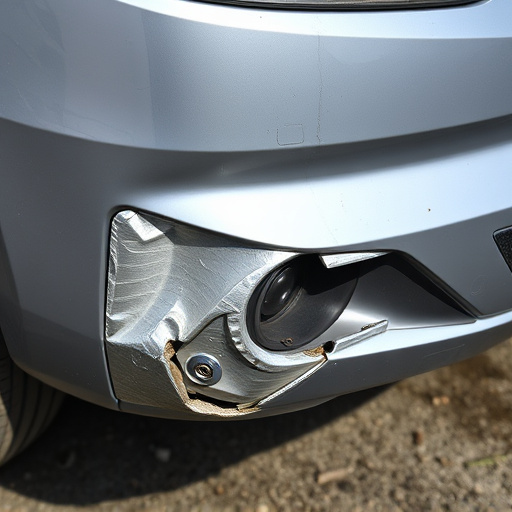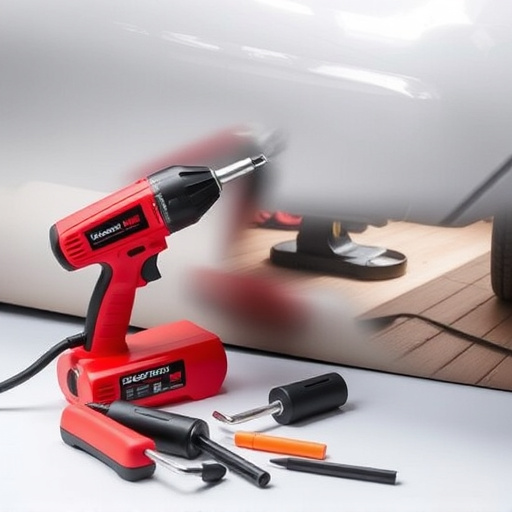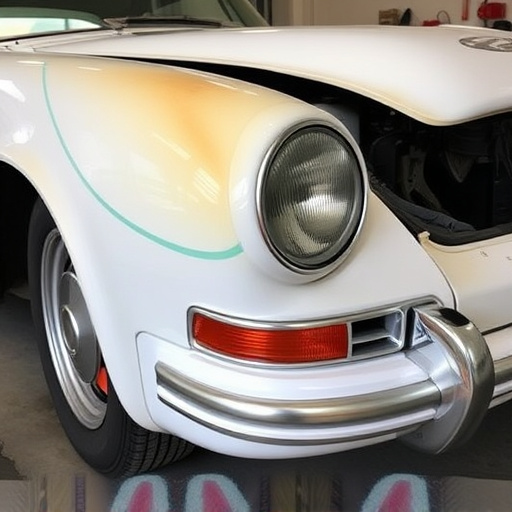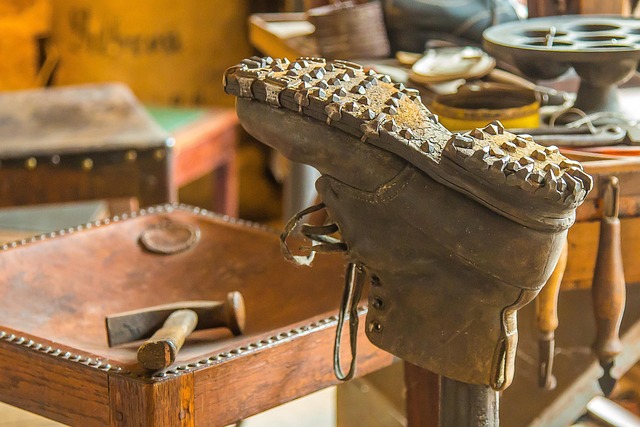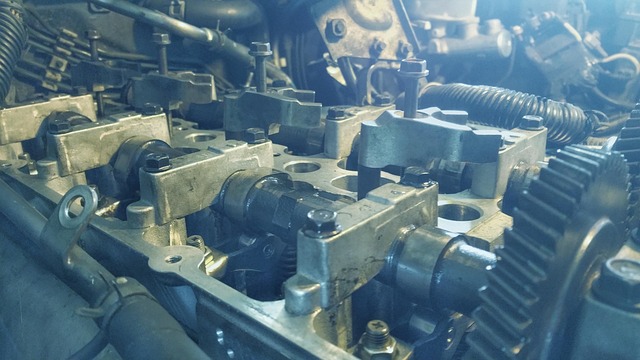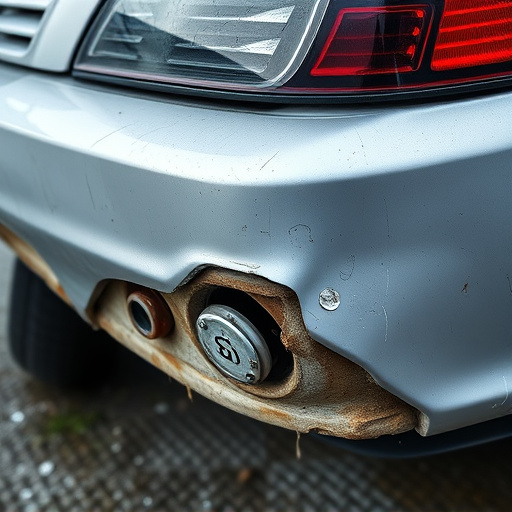The dent removal process is a critical aspect of auto repair, involving techniques such as manual pounding, air compression, and advanced technologies like hydraulic presses and PDR (Paintless Dent Repair). Professionals use these methods to restore damaged panels to their original shape, matching factory standards. Manual methods are suitable for minor dents, while severe cases may require frame repair using robotic systems for accuracy. Advanced tools cater to various dent types, ensuring precise repairs, aesthetic enhancement, and preserving the vehicle's resale value.
“Uncover the secrets to achieving a flawless dent removal process with our comprehensive guide. From understanding the fundamentals—including various techniques, tools, and procedure specifics for different dent sizes—to preparing for your appointment and optimizing post-treatment results, we’ve got you covered.
Learn how to choose the right professional, prepare effectively, and maintain optimal oral health to prevent future dents. Discover the steps to ensure a successful dent removal journey.”
- Understanding Dent Removal Processes: What to Expect
- – Types of dent removal techniques
- – Tools and equipment used
Understanding Dent Removal Processes: What to Expect

Understanding the dent removal process is key to ensuring a smooth and effective repair for your vehicle. When you visit an auto collision center or engage in auto bodywork services, the goal is to restore your vehicle to its pre-accident condition. The first step involves assessing the damage, which includes measuring and analyzing the dented area. This careful inspection helps technicians determine the best course of action.
During the actual dent removal process, professionals employ various techniques such as manual pounding, air compression, or specialized tools to carefully push out the dented panel back to its original shape. This meticulous work requires skill and expertise to avoid damaging the surrounding panels or paintwork. You can expect a clean, precise repair that matches your vehicle’s factory standards, leaving no trace of the previous collision, and ensuring your auto looks like new once again.
– Types of dent removal techniques

The dent removal process involves a variety of techniques that have evolved over time to cater to different needs and levels of damage. One common method is the manual or hand hammering technique, where skilled technicians use specialized tools to gently press out dents from the car’s panel. This approach is suitable for smaller dents and requires precision and expertise to avoid damaging the paintwork.
For more extensive dents, particularly those caused by collisions or major impacts, auto frame repair techniques come into play. These involve using powerful machinery like hydraulic presses and specialized welding equipment. Collision repair shops often employ robotic systems that ensure accurate measurements and precise repairs, minimizing the need for costly and time-consuming manual labor. Auto repair services that offer these advanced dent removal methods can significantly enhance the aesthetics and structural integrity of damaged vehicles.
– Tools and equipment used

The dent removal process involves a range of specialized tools designed to expertly restore cars to their pre-damage condition. Professional technicians leverage state-of-the-art equipment, such as hydraulic presses, air bag machines, and hand picks, to gently but effectively remove dents from auto bodies. These tools come in various shapes and sizes, each suited for different types and severity of dents, ensuring precise and meticulous repairs.
Advanced car body restoration techniques often incorporate modern technologies like PDR (Paintless Dent Repair) methods that avoid sanding or repainting. Collision repair services that employ these innovative approaches not only minimize the time and cost associated with traditional auto frame repair but also preserve the vehicle’s original finish, enhancing its overall aesthetic appeal and resale value.
When considering a dent removal process, understanding the various techniques and tools available is key. By familiarizing yourself with different methods like paintless dent repair, traditional filling, or more advanced technologies, you can make an informed decision. Remember, each approach has its advantages and suitability depends on factors like damage severity and vehicle type. Always consult professionals who can guide you through the best options for a safe, effective, and cost-efficient dent removal process.

